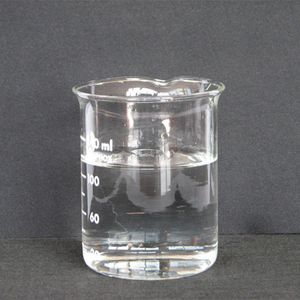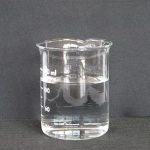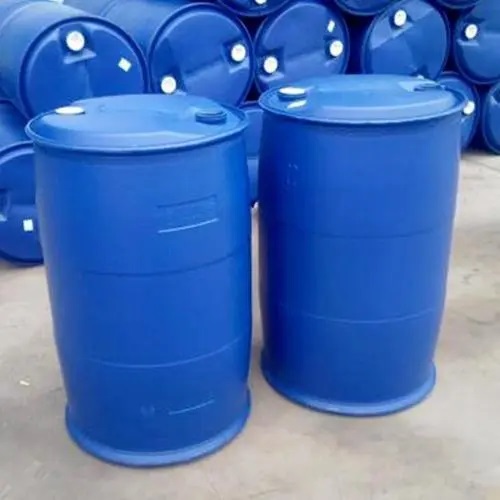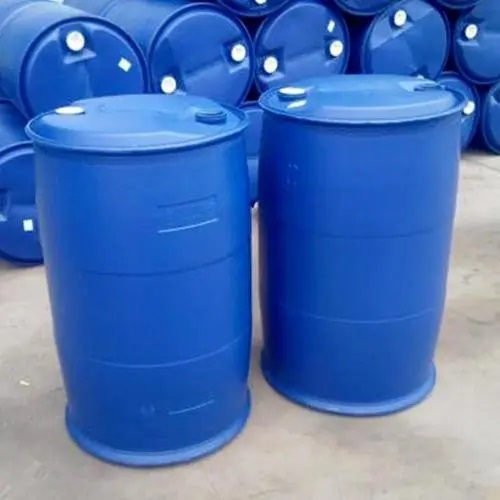
Formic acid
Formic acid is an important chemical raw material. It was first discovered by Fisher in 1670. A.S.Marggret first produced pure formic acid in 1749. It was named formic acid because it was first discovered by distilling red ants. Formic acid is widely found in nature, such as in the secretions of red ants, bees, caterpillars, leaves and roots of plants, and fruits. It is the simplest carboxylic acid. Compared with other fatty carboxylic acids, it has a special structure and is more acidic. It is a colorless, transparent, pungent fuming liquid with a molecular formula of HCOOH. Relative molecular mass 46.03. Relative density 1.2196. Melting point 8.4℃. Freezing point 7℃. Boiling point 100.7℃, 50℃ (15.999×103Pa). Refractive index 1.3714. Flash point 68.9℃. Viscosity 1.784mPa·s. Ignition point 410℃. Miscible with water, ethanol, ether, etc. It forms a high-boiling binary azeotrope with water, containing 77.5% of this product, with an azeotropic point of 107.3℃, which is higher than the boiling points of pure water and pure formic acid. The carbonyl group of this product is directly connected to hydrogen, so that formic acid has both the characteristics of acid and some properties of aldehyde. It can form salts and esters; it can react with amines to form amides; it can react with unsaturated hydrocarbons to form esters. Its reducing chemical book reflects the properties of aldehydes, for example, it can reduce the ammonia solution of silver nitrate (Toulon’s reagent) to metallic silver, fade potassium permanganate, reduce sulfur dioxide to thiosulfate ions (SO2→S2O32-), and reduce mercuric nitrate to mercury. Formic acid reacts with concentrated sulfuric acid to dehydrate and generate carbon monoxide. It can also be decarboxylated when heated to 160℃ to generate carbon dioxide and hydrogen; it can also produce decomposition reactions under the catalysis of copper-chromium, platinum, palladium, etc. to generate carbon dioxide and hydrogen. This product is very irritating and corrosive. Inhaling its vapor can irritate the respiratory organs and cause inflammation; contact with the skin can cause blistering of the skin. Chronic poisoning can cause hematuria. The oral LD50 of rats is 1210mg/kg. The maximum allowable concentration in the workplace is 5×10-6. Keep away from fire and heat sources during storage, and isolate from oxidants, alkalis, strong acids, H pore-forming agents and cyanides. Handle with care during loading and unloading, and do not turn it upside down. Prevent water condensation and prevent packaging damage. Rinse the leaked material with water, but wear protective tools when handling it. If it comes into contact with the skin, rinse it immediately with plenty of water and apply ointment if necessary. In case of inhalation poisoning, go to the hospital immediately. The above information is edited and compiled by Andy of ChemicalBook.









